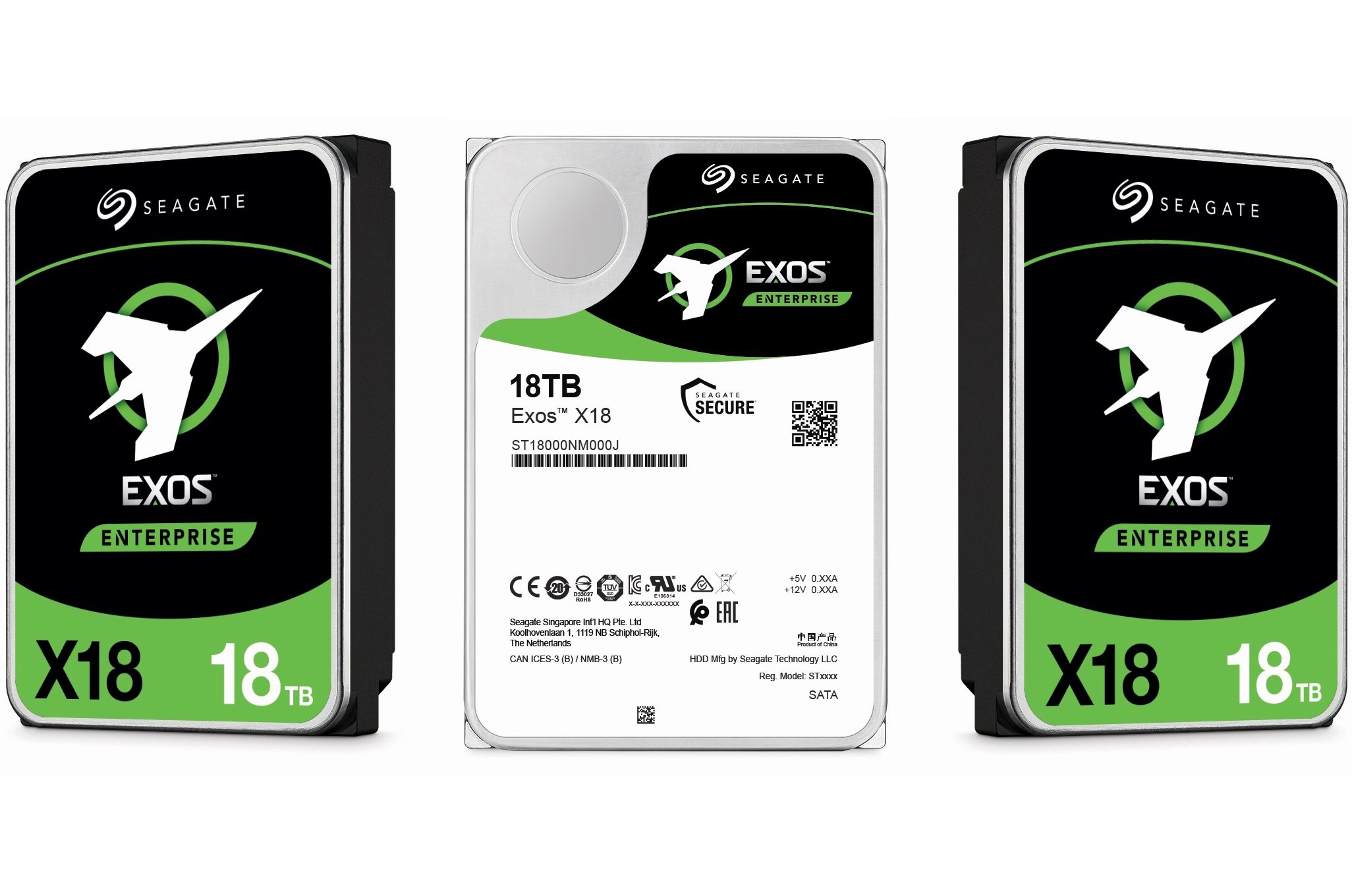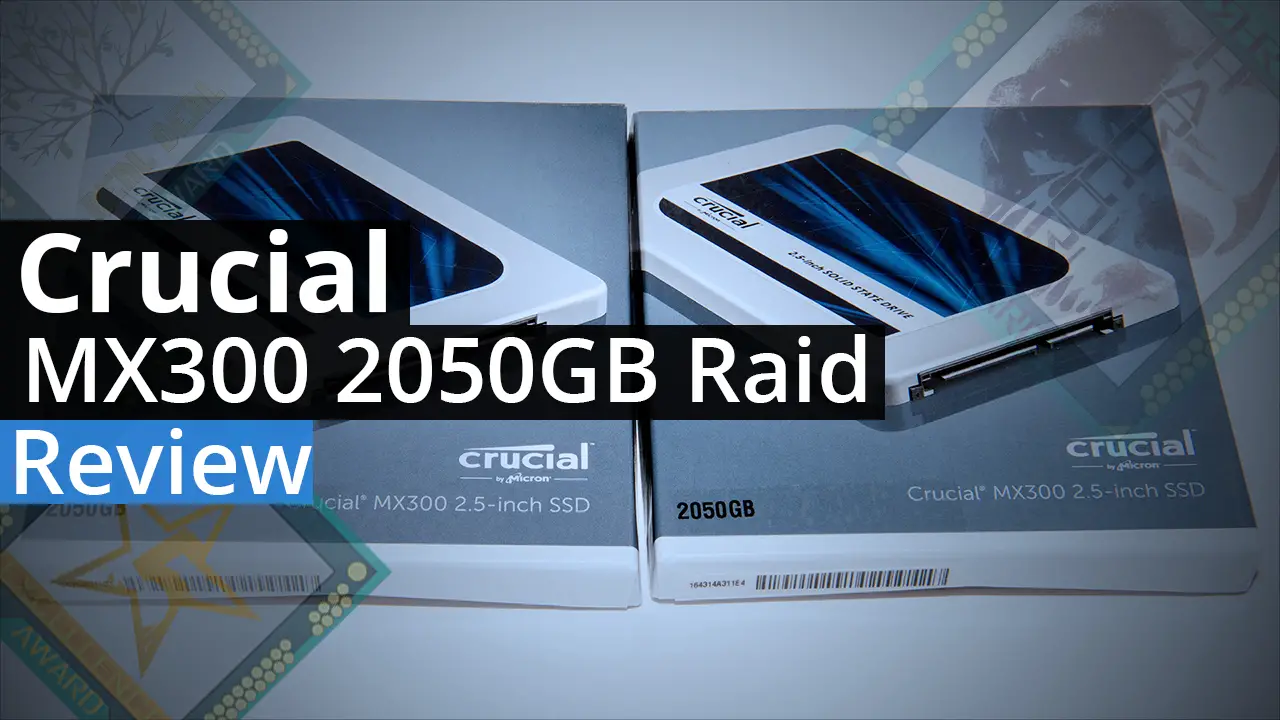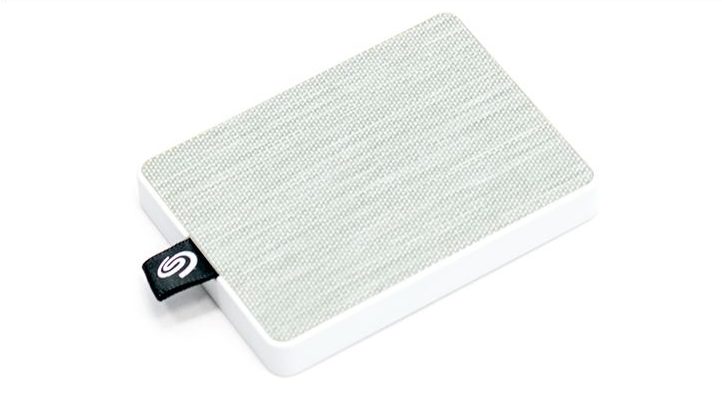
The key to understanding the Exos X18 model is to understand that Seagate is rather conservative when it comes to business orientated drives and are hesitant about messing with a winning “formula”. This should come as no surprise. Seagate’s roots are in the business sector and they understand these kind of drive models are being sold to an ultra-conservative lot who look at major changes with a very jaundiced eye. To keep from risking lost sales and reputation Seagate has taken a small and incremental approach to change from one generation to the next… and if massive / radical / paradigm shifting tech does come out it gets its own model and series first. Then when it has a proven track record maybe that tech filters down to long-time series. That is why Seagate’s multi-actuator tech came out in the “Mach.2” series and then “Exos 2×14” series.
The reason we are saying all this is because the Exos X18 is not that different from the X16 generation. Obviously, the storage capacity has been increased from 16TB to 18TB and the platter technology has been improved from 1.8TB per platter to 2.0TB, but beyond that and some firmware refinements that is about all that has been changed. This means the same excellent 550TB per year workload rating. Same MTBF ratting of 2.5M hours. The same controller. The same 256MB worth of DDR3-1600 of onboard cache for the MTC to work its magic. Same Helium filled chassis. Same underlying PMR+ technology. Same vibration sensor hardware. Even for the typical home user all these similarities are not a bad thing, as you get an overbuilt hard drive that can take abuse like few others. It just does not sound all that sexy when compared to say the Exos 2x14TB series.

Digging down into more detail, the upside is if you have used a Exos X-series drive in recent memory you pretty much know what to expect – excellent performance at a rather reasonable price. The downside to this slow march towards progress has to do with not improving the underlying error correction tech along with the introduction of 2TB per platter storage density. Specifically, the lack of change in their Two-Dimensional Magnetic Recording (TDMR) technology. TDMR was introduced to help combat the inherent nature of smaller and smaller bits. Basically, as the bit density gets higher the bit size has to decrease. The smaller the bits, the smaller the margin of error… and the higher the chances of ECC being needed to confirm if a given bit was a 1 or 0. To combat this TDMR use a dual r/w head configuration with a ‘detector’ signal processor in between the main drive controller and the read/write heads.

As we have gone over in the past, the two heads are slightly offset with one read head over the central track being read and partially over the track ‘above’ it, and the second read head offset so it is mainly on the central track and the one ‘below’ it. This allows for a more sensitive read on a given bit, allows for eliminating the interference from the bits surrounding the actual bit being read, and generally improves the signal to noise ratio (aka SNR which the main culprit of false errors). It also gives the drive controller two chances of reading the bit properly for a single pass. This tech was originally designed with much lower bit densities in mind, but clearly was designed to scale up as bit size went down. Seagate has not scaled it up and instead the hardware is basically the same inside the Exos X18 as it was with the Exos X16.

In talks with Seagate’s engineers on this precise ‘issue’ Seagate stated that additional changes to their TDMR hardware was not need yet. Instead, they focused in on firmware improvements that enhanced this technology more than enough to handle smaller bits with inherently higher SNR. Sadly, these low-level firmware improvements will be slow, if they occur at all, to filter down to the previous generation Exos X16 line – so the X16 will not be seeing a bump in performance nor improved error handling abilities any time soon… which is manufacture speak for “probably never”.

In either case, these low-level improvements are why the Exos X18 has the exact same maximum non-recoverable read error rating of 1 per 10E15 bits (aka .125 Petabyte) read as the Exos X16. Honestly, this is a bit surprising and may be a bit of a mistake on Seagate’s part… as buyers of these drives are going to consider “change” a four-letter word. They will have to be convinced that the increased platter density is worth the ‘risk’. After all, the exact same 1 per 10E15 bits non-recoverable read error means a 11.11 percent decrease in number of full drive reads before an error may occur. For ultra-conservative professional’s that large a decrease is going to be viewed… negatively to say the least. Thankfully, .125PB is still .125PB of reads. That is a moderately large number of bit reads per drive when thinking about even small RAID arrays with ‘only’ 10 drives in them.
More importantly, that self-same 11.11 percent increase in density means a 11.11 percent decrease in the number of drives need to hit a given array’s specified storage capacity. Fewer drives mean less power costs, less cooling, and even less spares needed to cover dead drive replacements. On top of all that, these new Exos X18’s actually cost less than the Exos X16 16TB does right now. Now that is how you convince buyers to upgrade to the latest and greatest.

The other ‘downside’ to all EXOS models is that their firmware has been optimized for RAID scenarios, not home environments. The most obvious is the reduced time it will spend on ECC error recovery before it stops and asks the ‘raid controller’ to repair a bad bit/block/etc. Western Digital calls this feature TLER (Time Limited Error Recovery), Seagate calls it ERC (Error Recovery Control). Basically anything business, enterprise, or intended to be used in a RAID environment will have this time limited ECC set to a shorter period of time than on a home user model. Typically it is in the 7 or 8 seconds(ish as it varies from model to model and manufacture to manufacturer) range. Once upon a time you could manually configure the TLER/ERC. These days… not so much as changing the firmware is not for the faint of heart and if something goes wrong with their tool they are on the hook for the replacement costs. We are not going to show you how to mod a drives firmware to do so. We typically do not bother these days. Your Mileage May Vary.
So what happens when this timer goes ping! and stops the ECC recovery process? Well since you probably do not have a RAID controller in your system… the OS pukes out and marks whatever file that bad sector was part of as corrupted. This sounds scary but with modern ECC and modern controllers our personal opinion is that if it takes more than a couple seconds to recover it… it probably is not going to recover it no matter how long the ECC tries. This is why RAID controllers rarely bother with letting the drive’s controller and drive’s ECC deal with it. Instead, they almost invariably move to the RAID parity stripe and its ECC to recover it when asked to do such a thing. Since you will not have that parity stripe(s) to fall back on, keep a second copy of anything important on the drive somewhere else. Preferably in a grandfather/father/son backup routine and another copy on your NAS… just as you should with a home user HDD or SSD. After all, if a file is important enough to make you see red if it becomes corrupted it is important enough to be backed up in multiple locations. That is the optimal answer to concerns over ERC/TLER… and quite honestly is going to be a non-issue for the vast majority of people and drives used in a home environment.

Moving on. As made mention, Seagate did decide to focus mainly in firmware improvements to go along with the single (but impressive) hardware upgrade. As we went over in the IronWolf Pro 18TB review, Seagate uses a multiple team setup for their firmware development. With (at least) one team working on the ‘latest’ generation and the other working on the next generation. As more and more data / feedback pour in on the existing generation this new knowledge is pushed upstream to help further improve the next generation.
With the X18, this team did not just work on improving the SNR and error handling abilities of the X18. Rather they also baked in improvements to all the hardware so as to efficiently and effectively take advantage of that 11.11percent decrease in bit size (remember the rotational velocity may be the same but the heads are covering more bits per time slice so overall performance is naturally increased). For example, you will see better drive write optimizations where the drive wastes less time (and energy) in needless arm movements. Instead, when under heavy loads, the data is better organized so that the drive arm only moves as it has to, but moves in a more consistent / constant motion. This in turn not only reduces electricity (and heat) waste, it also further improves overall write performance.
Speaking of performance, in testing this drive is an incredible performer with read/write speeds that will stay above 200MB/s all the way to about 12.5TB capacity used mark. You will see it stay above 150MB/s until it is about 16TB filled and when filled it still will be rather peppy and faster than the Exos 16. Compared to the IronWolf Pro 18TB it will be overall faster at each used capacity point and generally speaking is simply better. The fact it is better and yet costs significantly less is not only impressive but down right awe-inspiring at how cut throat this corner of the market is… which is why you the consumer have to love the “invisible hand of the market”.











